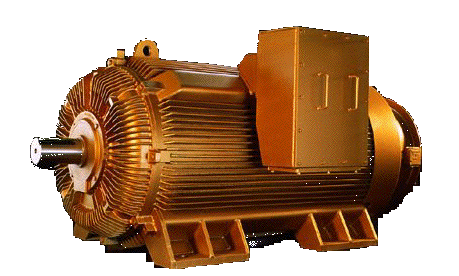

|
|
| |
|
|
|
|
|
|
|
| |
|
|
|
|
|
|
|
| |
|
|
|
|
|
|
|
| |
|
|
|
|
|
|
|
| |
|
|
|
|
|
|
|
| |
|
|
|
|
|
|
| This is a simple example of the modeling and control of a first order system. This model takes inertia and daming into account, and simple controllers are designed. |

| A DC motor has second order speed dynamics when mechanical properties such as inertia and damping as well as electrical properties such as inductance and resistance are taken into account. The controller's objective is to maintain the speed of rotation of the motor shaft with a particular step response. This electromechanical system example demonstrates slightly more complicated dynamics than does the cruise control example, requiring more sophisticated controllers. |

| The model of the position dynamics of a DC motor is third order, because measuring position is equivalent to integrating speed, which adds an order to the motor speed example. In this example, however, the motor parameters are taken from an actual DC motor used in an undergraduate controls course. This motor has very small inductance, which effectively reduces the example to second order. It differs from the motor speed example in that there is a free integrator in the open loop transfer function. Also introduced in this example is the compensation for a disturbance input. This requires a free integrator in the controller, creating instability in the system which must be compensated for. |
| This example looks at the active control of the vertical motion of a bus suspension. It takes into account both the inertia of the bus and the inertia of the suspension/tires, as well as springs and dampers. An actuator is added between the suspension and the bus. This fourth order system is particularly difficult to control because of the existence of two zeros near the imaginary axis. This requires careful compensation. |
| The inverted pendulum is a classic controls demonstration where a pole is balanced vertically on a motorized cart. It is interesting because without control, the system is unstable. This is a fourth order nonlinear system which is linearized about vertical equilibrium. In this example, the angle of the vertical pole is the controlled variable, and the horizontal force applied by the cart is the actuator input. |
| The pitch angle of an airplane is controlled by adjusting the angle (and therefore the lift force) of the rear elevator. The aerodynamic forces (lift and drag) as well as the airplane's inertia are taken into account. This is a third order, nonlinear system which is linearized about the operating point. This system is also naturally unstable in that it has a free integrator. |
| This is another classic controls demo. A ball is placed on a straight beam and rolls back and forth as one end of the beam is raised and lowered by a cam. The position of the ball is controlled by changing the angular position of the cam. This is a second order system, since only the inertia of the ball is taken into account, and not that of the cam or the beam, although the mass of the beam is taken into account in the fourth order state-space model. The equations are linearized by assuming small deflections of the cam and beam. This is an example of a double integrator, which needs to be stabilized. |